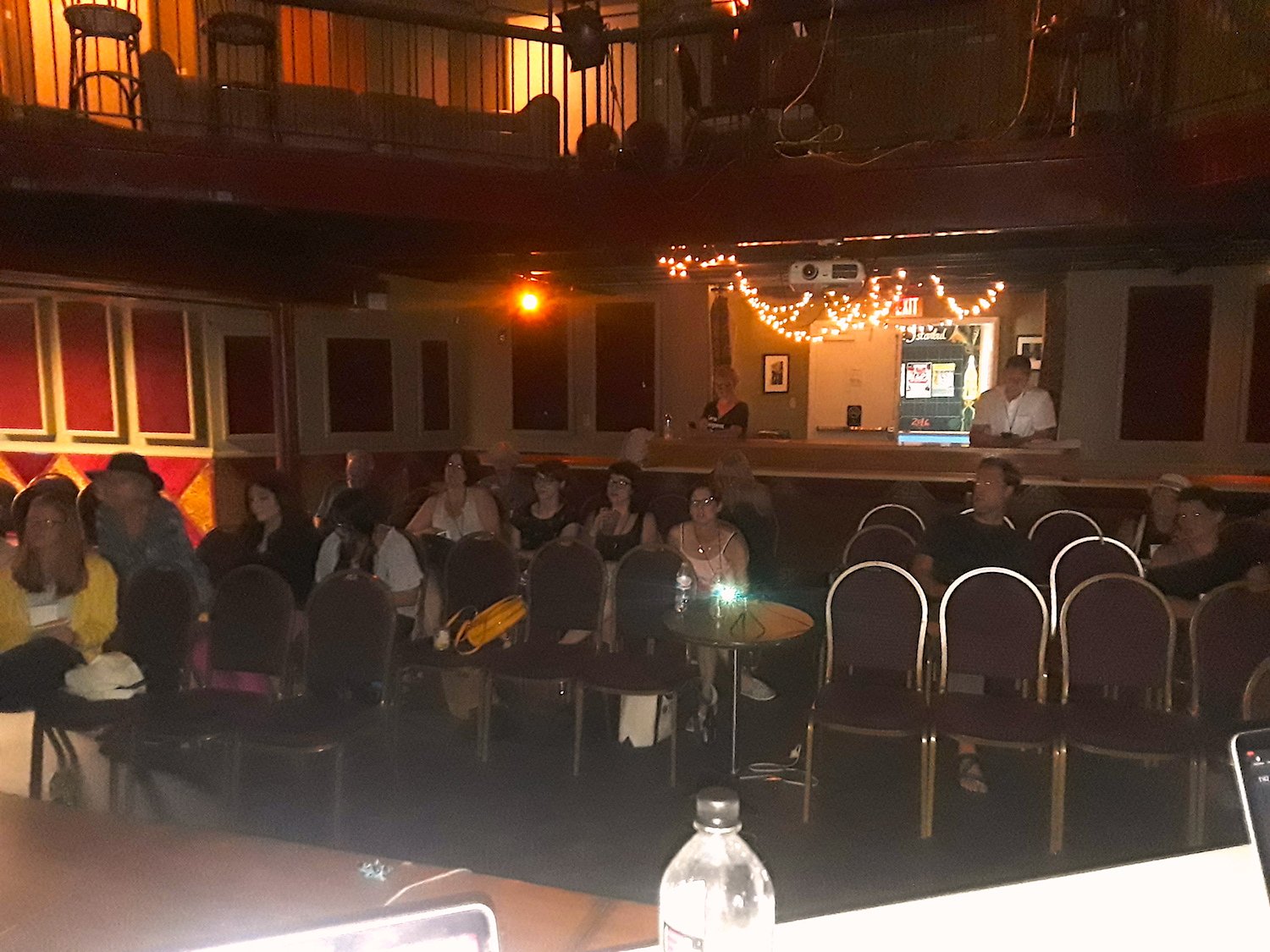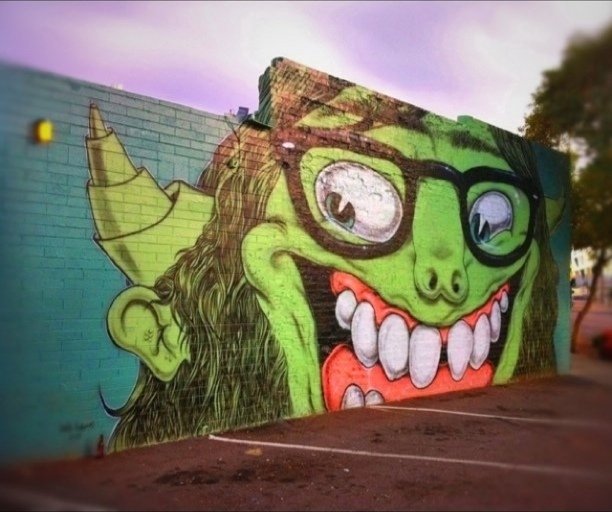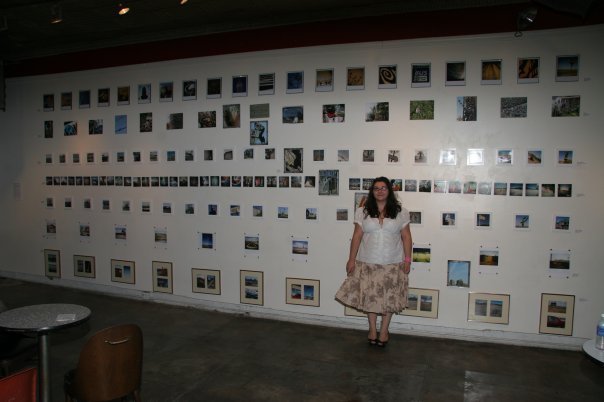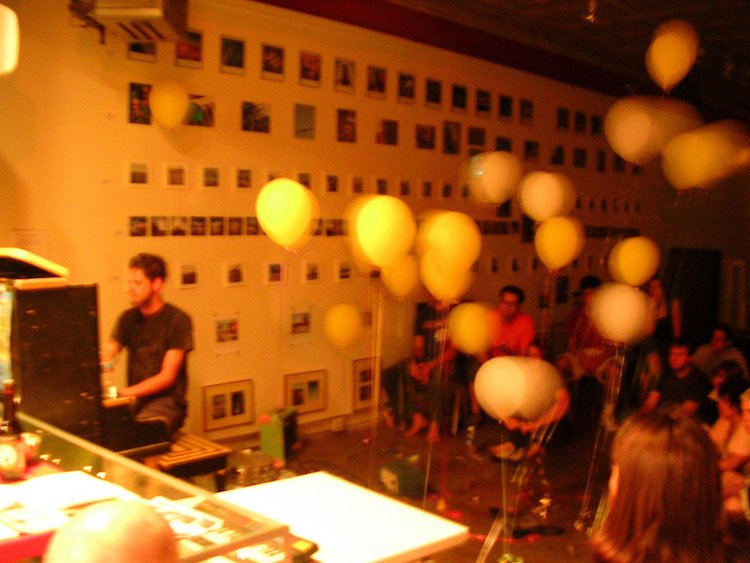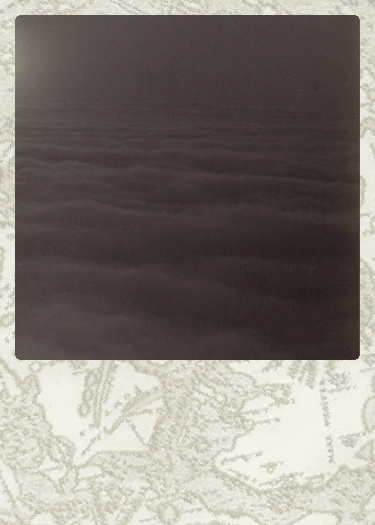Kolaj Fest 2018: Curatorial Issues in Collage
In addition to bringing The Seaside Fleet to New Orleans, I was also asked to participate on a panel about the curatorial issues involved in exhibiting collage.
Hans Ulrich Obrist explained curating in a 2014 article in The Guardian: “Today, curating as a profession means at least four things. It means to preserve, in the sense of safeguarding the heritage of art. It means to be the selector of new work. It means to connect to art history. And it means displaying or arranging the work. But it’s more than that. ~Panel moderator, Ric Kasini Kadour
It was a great pleasure to share ideas and answer questions alongside Dillon Raborn, Chelsea Dean, and Todd Bartel. Ric Kasini Kadour moderated the panel. Below are my notes, reworked into a somewhat more readable manner, and the slides that accompanied my part of the program.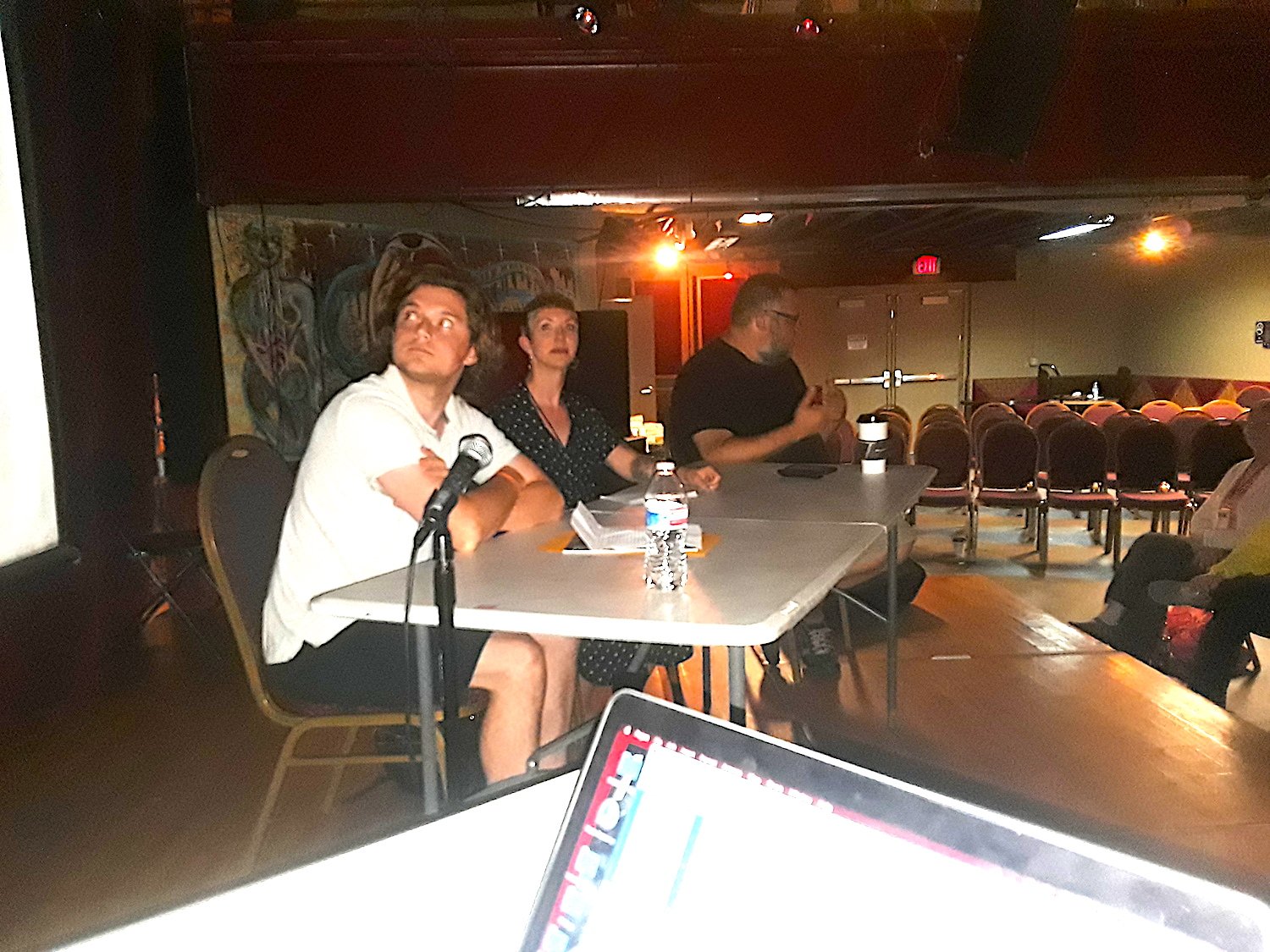
Since I spoke with Ric about this back in April I’ve been thinking about how to get across the experience I’ve had presenting my storytelling projects, and I’ve come to the conclusion that we’re very lucky to be at this point in art right now. Collage is a medium that has rapidly found its place as an institutionally accepted art, and quickly developed its own language and discourse. It is also an art form that is immediately populist: People understand collage, because they’ve done it. Just about every kid in the Western World has glued pictures to poster board for a school project, or made a fan art poster of their favorite rock star or comic character. Collage—as decoupage, as scrapbooking—is taught as a memory enhancing exercise for seniors, and as craft all over the country: communities of hundreds of people are built around it.
I have no problem when people compare my art to scrapbooking. I don't think it belittles the art, it gives me an "in," a way to explain what I do and how they can do it too.
Tearing things up is the way we learn to get into trouble. Putting things together again is how we make things stronger—like setting a bone, that reparative calcium makes it tougher/better. I’ll add as a warning that I have a monolithically broad definition of what counts as collage.
I'll add as a warning that I have a monolithically broad definition of what counts as collage. ~JRC
The barrier of entry to collage is very low, and that’s a good thing for curators reaching out to the general public—I suppose it can be a problem in just the opposite way: How do you tell what makes a good collage, what makes collage a unique medium, special?
For a decade I was the owner and Gallerist for an artspace called The Trunk Space, in Phoenix AZ. I came to this work after a couple years as a board member for the big arts non-profit in the town, ArtLink, who for years led the charge to create an ongoing space for the arts in Downtown Phoenix. It’s a very different place than where I live now in Los Angeles. This work leads to my ethos as an independent gallerist thematically, because in the 2 years I worked for ArtLink, participation and membership exploded. We went from a community with about 20 spaces to 200-300 spaces for our annual festival, from a few hundred visitors to a several thousand for the monthly artwalk. And we had to work real fast to find ways to accommodate all these new people—this new interest. Which, in retrospect, brings me to Hans Obrist’s thesis, which I read as basically: work with your friends and neighbors and share the labor. To put it another way, SAY YES. Which is the best advice I can give anyone working in a creative field.
In 2004 along with a partner, I opened a gallery, The Trunk Space. Very soon we'd kick off what would become one of our signature events: The Grid, an annual summer long exhibition ~slash~ study ~slash~ survey ~slash~ story about the town we live in. It quickly became a group collage effort, involving many artists and non-artists: historians, journalists, bureaucrats/politicians, high school kids, retirees, any people with an idea they needed to explore, alongside professional and journeyman artists of every sort.
It probably sounds chaotic to some of the professionals here, but it became very successful. It’s not hard to embrace the SAY YES aesthetic…this open-door kind of model, when the space looked like this half the time, and this the other half . . . I quickly came to understand that the gallery wasn’t the end point of creative work—not a place to display—but a creative space itself: a collage.
Doing this work for 10 years, facilitating this mix of neo folk art was how I came to understand my art. There’s this mental block I was constantly fighting against, where I could be fully satisfied creating my own work and never bothering to show it publicly. And, it’s fine to feel that, but it wasn’t all I wanted.
In 2013 I got to stage a collaborative project I’d been working over in my head for years. I really appreciate silent film, and I take a dry sort of academic appreciation of it. I like to know the context of the making, the history the filmmakers bring to their work, and especially the meta-stories that people looking these films find as they study it. I wanted to do a collaboration, where different disciplines of art react to a pre-existing piece. Through years of working with other artists I was able to convince some of the best people I know to take this risk along with me. A pair of poets who’d never worked together, an avant-garde noise music troupe, and a modern dance squad were each given a copy of FW Murnau’s “Faust” movie and I asked them each to create a reaction to it for live performance with the understanding that they would have no idea what the other groups of performers would be creating, and that they would be presented for the first time, together, live on stage.
The audience, then, in order to understand the piece, had to choose where to pay attention, creating a one-of-a-kind audio-visual collage self-selected by their shifting attention. And I really feel like it worked. This piece was my real understanding that what I’d been trying to do, to tell stories in a Transmedia framework, which in a nutshell is delivering elements of the story in a (usually) nonlinear manner, across a variety of media.
[embed]https://youtu.be/dfivXpXAmL8[/embed]
For example, the marketing for The Matrix is considered a prime example of Transmedia storytelling. Another example that I love is a bright light on the twitter hellscape, an interconnected community of accounts that ape the characters from the JAWS series of movies, who regularly engage with each other and non-community members to tell new stories in that universe. If you’re on social media and need an escape from the horror show we’re living in today, I’d give them a try for a laugh.
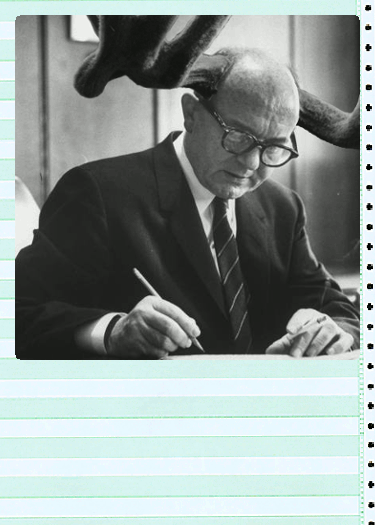 One final example: I’m currently very, very slowly, working on a project set in a world I created years ago called Xenophobe City. Originally an adventure comic strip, it’s evolved in my imagination to a kind of open-world storytelling platform. At least I hope that’s what it’ll become. If you’re familiar with collectable card games where people face off against each other in “combat” using the attributes outlined on their cards. What I’m working toward is a set of unrelated cards that aren’t of a single world— there’ll be business cards, old fashioned trading cards, funeral
One final example: I’m currently very, very slowly, working on a project set in a world I created years ago called Xenophobe City. Originally an adventure comic strip, it’s evolved in my imagination to a kind of open-world storytelling platform. At least I hope that’s what it’ll become. If you’re familiar with collectable card games where people face off against each other in “combat” using the attributes outlined on their cards. What I’m working toward is a set of unrelated cards that aren’t of a single world— there’ll be business cards, old fashioned trading cards, funeral
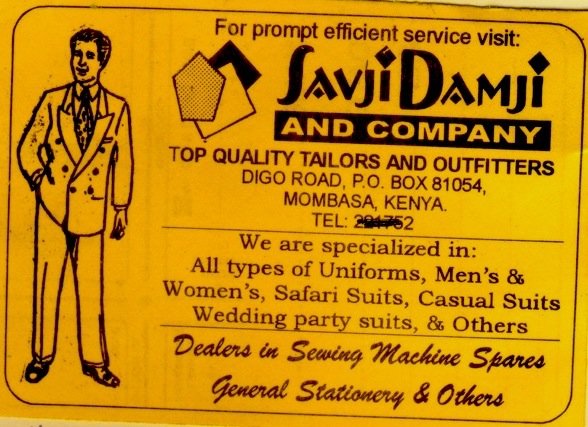 memorial cards, credit cards, birthday cards, voter registration IDs, computer memory chips—and once they’re released the people playing the game will have to find ways, through negotiation and mutual agreement, to align the cards to work together to create a story that in order for one person to win, both have to reach a mutually beneficial ending.
memorial cards, credit cards, birthday cards, voter registration IDs, computer memory chips—and once they’re released the people playing the game will have to find ways, through negotiation and mutual agreement, to align the cards to work together to create a story that in order for one person to win, both have to reach a mutually beneficial ending.
The other half of this is, I don’t want to just release these online. For me, in order for there to be a truly transmedia story, you have to navigate through multiple mediums in order to get all the parts that you can.
Finally, there’s a topic I’d like to address where it concerns transmedia work and its relation to gallery/museum/institutional/public recognition. The two examples of my work I’ve given here above, and The Seaside Fleet, are public projects, things I can discuss openly with an audience. But, there’s a lot of transmedia artists out there who can’t ever talk about their creative work. If their art - the "information," let's call it - gets attributed to an art project or a person, then it stops doing its real work and becomes “just” a story, which isn’t always the end goal. A story, like a piece of art, is a wonderful experience, but with the right means and subtle influences we can actually affect reality. A lot of transmedia artists, and "culture jammers," let's call them, are working in this medium. If you put that work in a museum or a gallery, it dies. And I’d like to put out there that we need to find ways to encourage and support this work in tangible ways.

